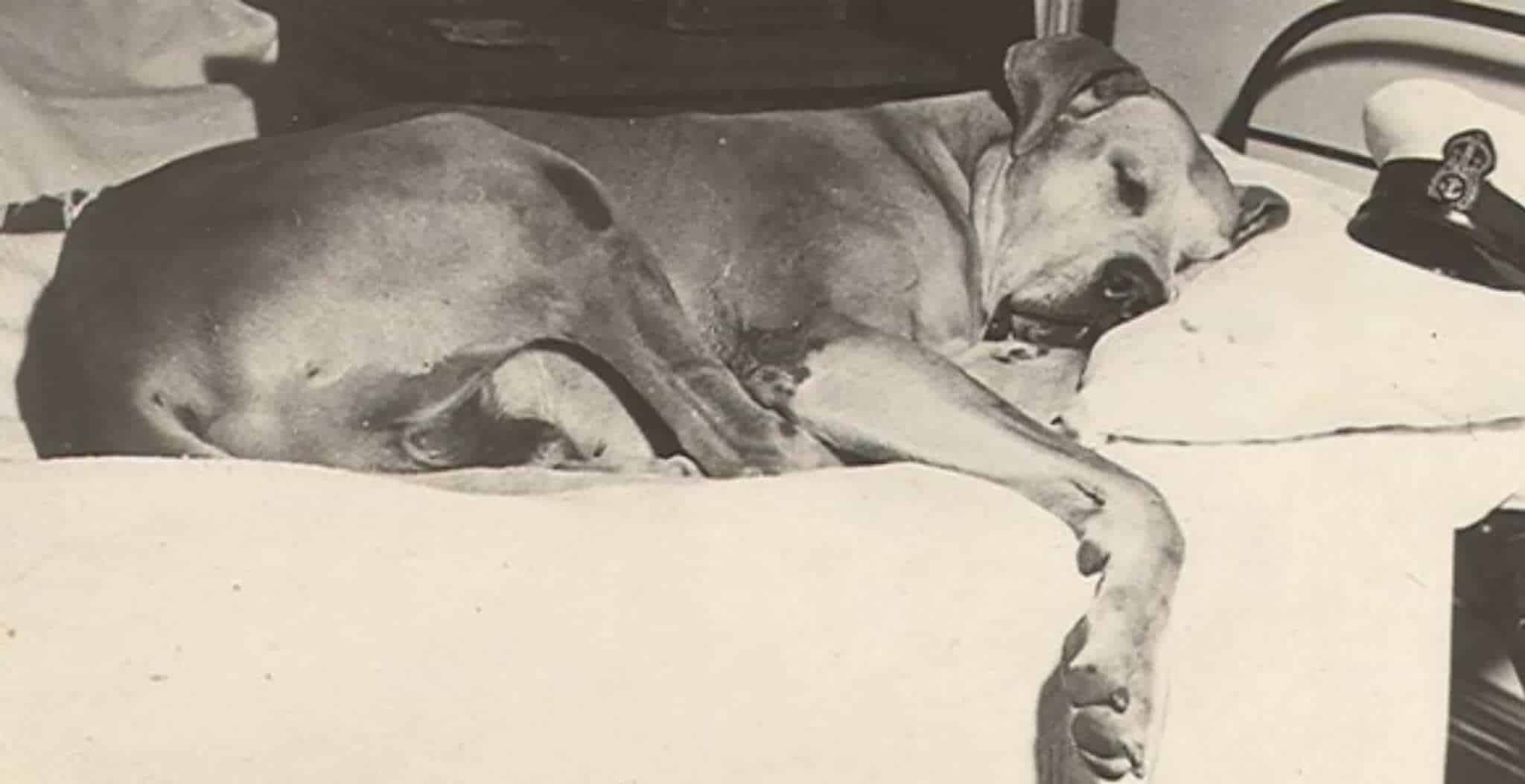The Cutty Sark became a symbol of the China Tea Races in the late 1800s: built for strength and speed she was one of the most impressive ships of her day. The Cutty Sark was a Victorian-era Tea Clipper, and over the course of her seafaring career she successfully navigated eight return voyages from London to China with a cargo of tea.
She was built in Dumbarton, on the banks of the Clyde in Scotland by Willis and Sons ship owners, but she was designed by Hercules Linton. This provenance perhaps explains her name ‘Cutty Sark’ which means ‘short skirt’ in Scots. Undoubtedly an unusual name for such a massive racing cargo-ship! However, ‘Cutty Sark’ is famous for being mentioned in Robert Burns’ epic poem, Tam-O-Shanter*.
The protagonist Tam, after exiting a tavern somewhat the worse-for-wear, comes across a coven of witches dancing with the Devil by the light of a bonfire. Tam is so taken with the witch Nannie’s dancing in her ‘Cutty Sark’, or short skirt, that he exclaims ‘Well done!’ before being chased off into the night by witches, warlocks and even the Devil Himself! Tam narrowly escapes unscathed but alas, the same could not be said for his faithful mare Meg, who loses her tail to the very same short-skirted witch! Perhaps the name Cutty Sark is in reference to the fact Meg was too fast to be caught, as the ship was widely expected to be the ‘fastest ship of her time’. And indeed she was, although she never achieved that great accolade when she was racing tea back from China; it was much later, in her teenage years, that she became the fastest ship on the seas. The closest she came to being the fastest as a tea-clipper was in June 1872, when she was beaten by a week by the tea-clipper Thermopylae.

The murderer, one Sidney Smith, was imprisoned when the ship docked in Anjer, Indonesia. But Captain Wallace then incensed the crew by helping the murderer to escape! The crew then refused to work for the ersatz Captain Wallace and mutinied. As if by some divine intervention, during the mutiny, with the crew refusing to aid the Captain, the wind disappeared and the ship drifted, becalmed and marooned in the Java Sea. This is a terrifying position for a vessel to find itself in: the crew and ship would have been sitting ducks for would-be pirates or those looking to commandeer the ship under the dubious maritime law of salvage. A floundering ship cannot escape attack, and in the suffocating Indonesian heat the crew would be all the more aware of their dwindling fresh-water supplies. The Captain saw no escape and jumped into the ocean, never to be seen again. Luckily the weather changed and the crew were able to pilot the ship back to Anjer, whereupon unfortunately they picked up an even worse Captain, not only incompetent but a drunk! Luckily after this episode in the Cutty Sark’s life, things were to change for the better…

But alas, her dominion over the seas was not destined to last forever and again, steam ships began to take over. In 1895, she left British ownership and was bought by a Portuguese shipping firm. Between 1895 and 1923 she remained under Portuguese command running various cargoes all over the world. However, she had been badly hit in several storms over these years and was in increasingly poor condition. Her epic journey was not over yet though…
In 1923, she was rescued by Wilfred Dowman, who already trained cadets on another ship, and she was restored to her previous British glory. She was then used as a training ship until the 1950s, passing through various owners and training cadets for the Royal and Merchant Navy. Once again, her fate was unclear as by this point she was getting old and was becoming no more use to these military organisations. However, there were those who recognised her true value and unique place in British maritime history. The Cutty Sark Society was born, and painstaking restoration work began that would take years to complete.
In 1957, the Queen opened her as an exhibition in Greenwich where she has remained in dry-dock ever since. Luckily, when a fire tore through the vessel during restoration work in 2007, severe damage was repaired thanks to overwhelming global donations. By 2012 she was back to her glorious self, and there she remains to this day, keeping watch over the River Thames. And in fact, you can still see the tail of Tam-O-Shanter’s horse Meg, which is still firmly grasped in Nannie the witch’s hand, on the prow of the majestic vessel:

But here my Muse her wing maun cour;
Sic flights are far beyond her pow’r;
To sing how Nannie lap and flang,
(A souple jade she was, and strang),
And how Tam stood, like ane bewitch’d,
And thought his very een enrich’d;
Even Satan glowr’d, and fidg’d fu’ fain,
And hotch’d and blew wi’ might and main;
Till first ae caper, syne anither,
Tam tint his reason ‘ thegither,
And roars out, “Weel done, Cutty-sark!”
And in an instant all was dark:
And scarcely had he Maggie rallied,
When out the hellish legion sallied.
Translation
But here my tale must stoop and bow,
Such words are far beyond her power;
To sing how Nannie leaped and kicked
(A supple youth she was, and strong);
And how Tom stood like one bewitched,
And thought his very eyes enriched;
Even Satan glowered, and fidgeted full of lust,
And jerked and blew with might and main;
Till first one caper, then another,
Tom lost his reason all together,
And roars out: ‘Well done, short skirt! ’
And in an instant, all was dark;
And scarcely had he Maggie rallied,
When out the hellish legion sallied.
Article by Ms. Terry Stewart, Freelance Writer.





